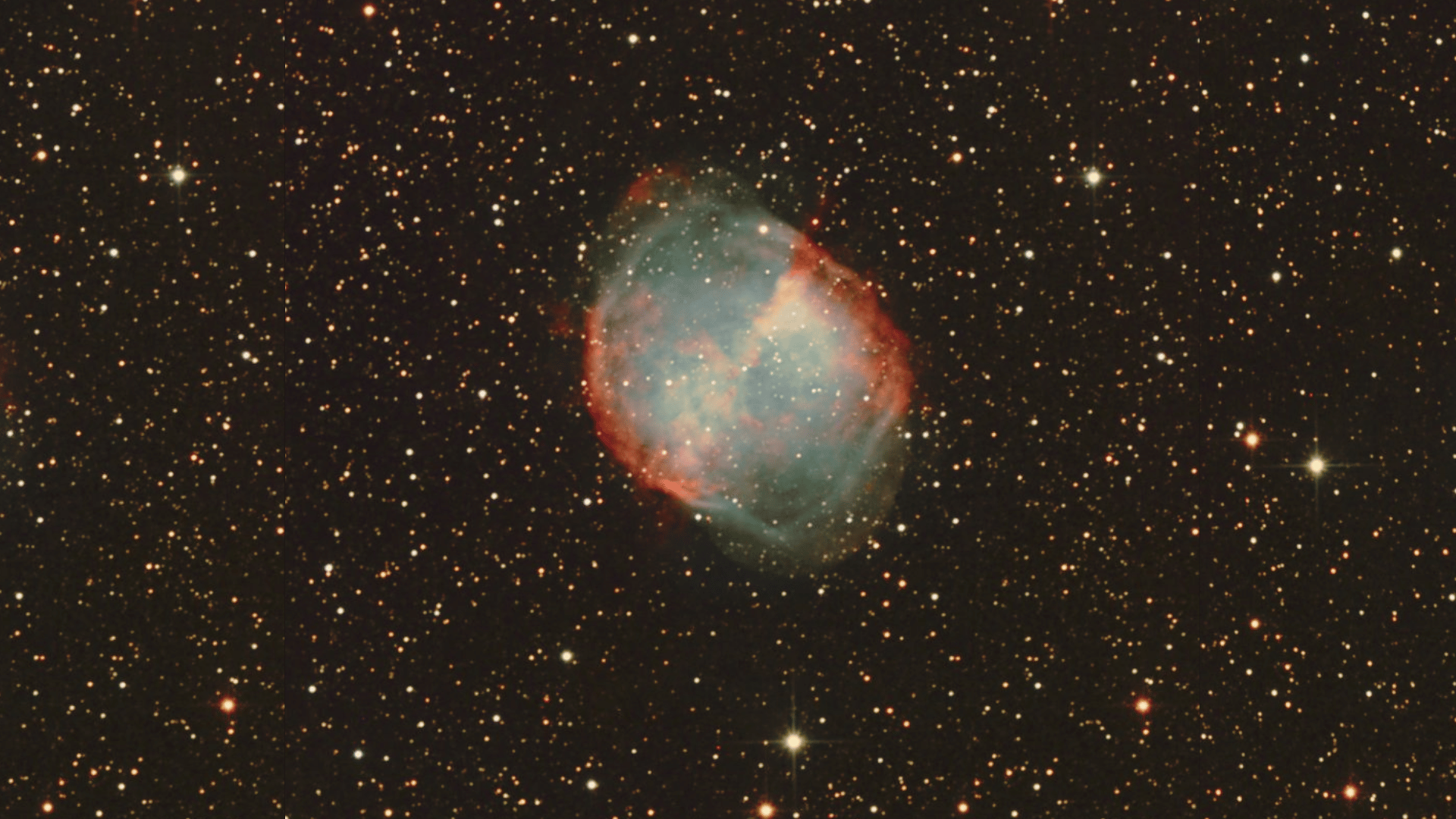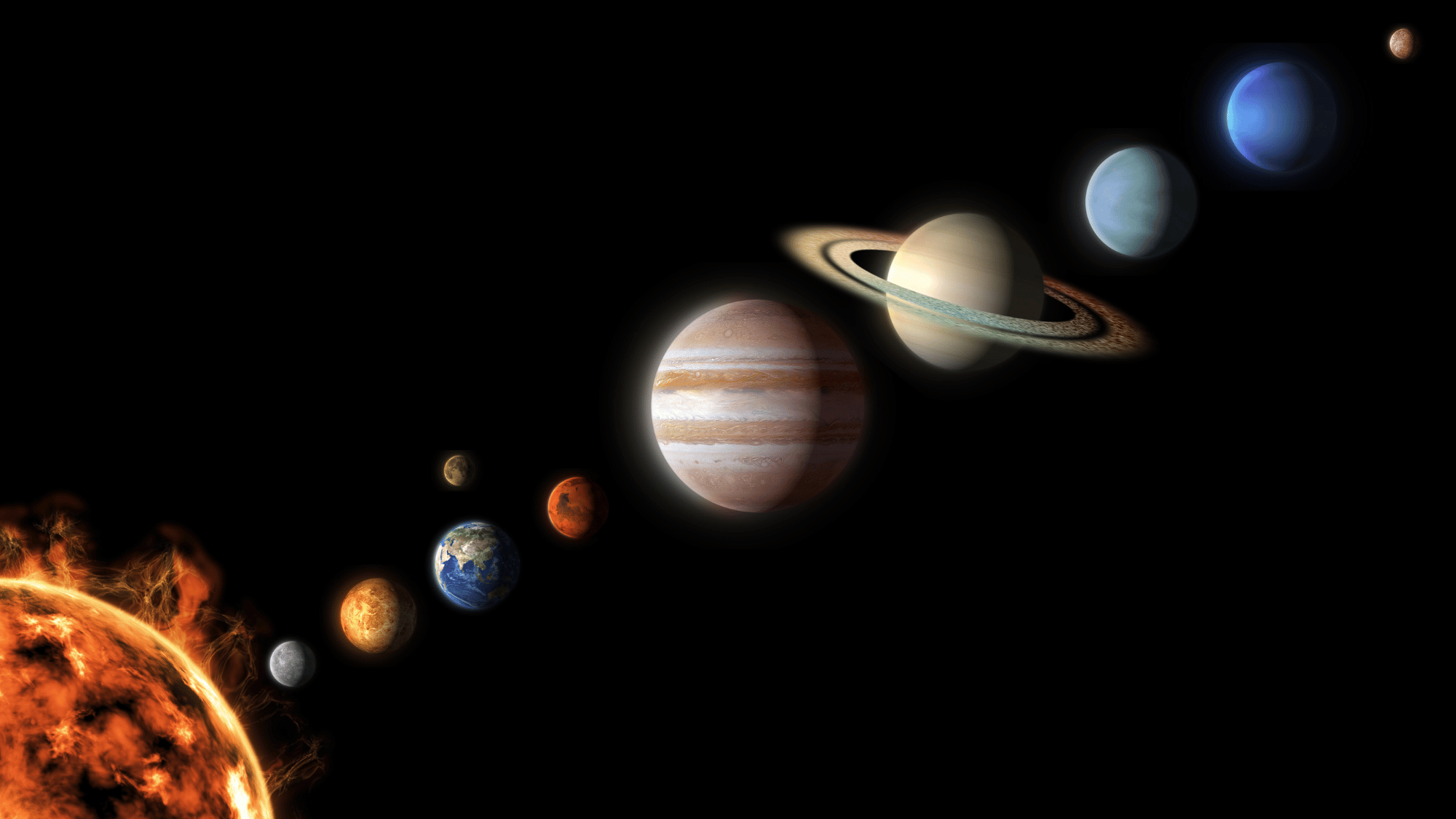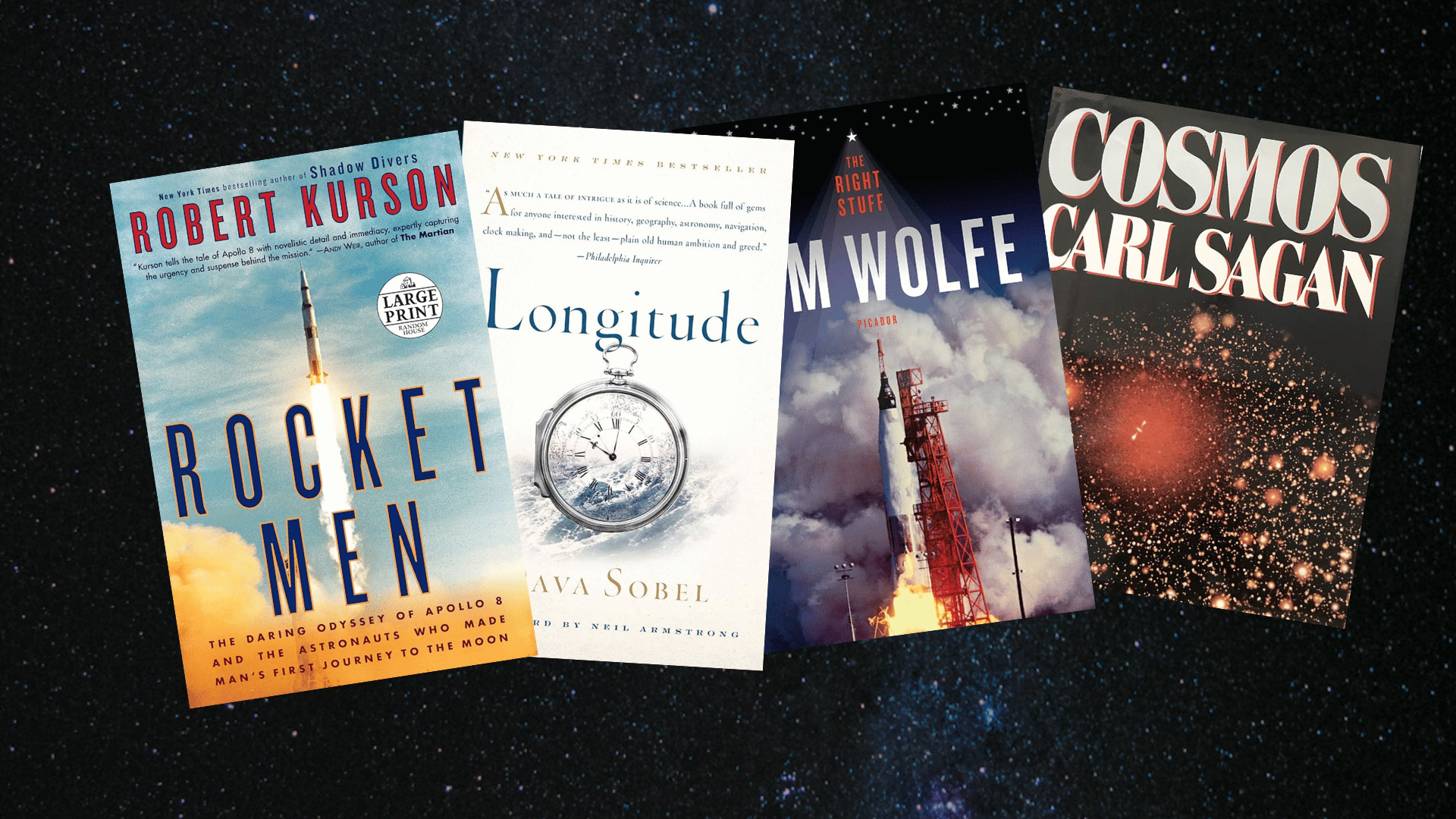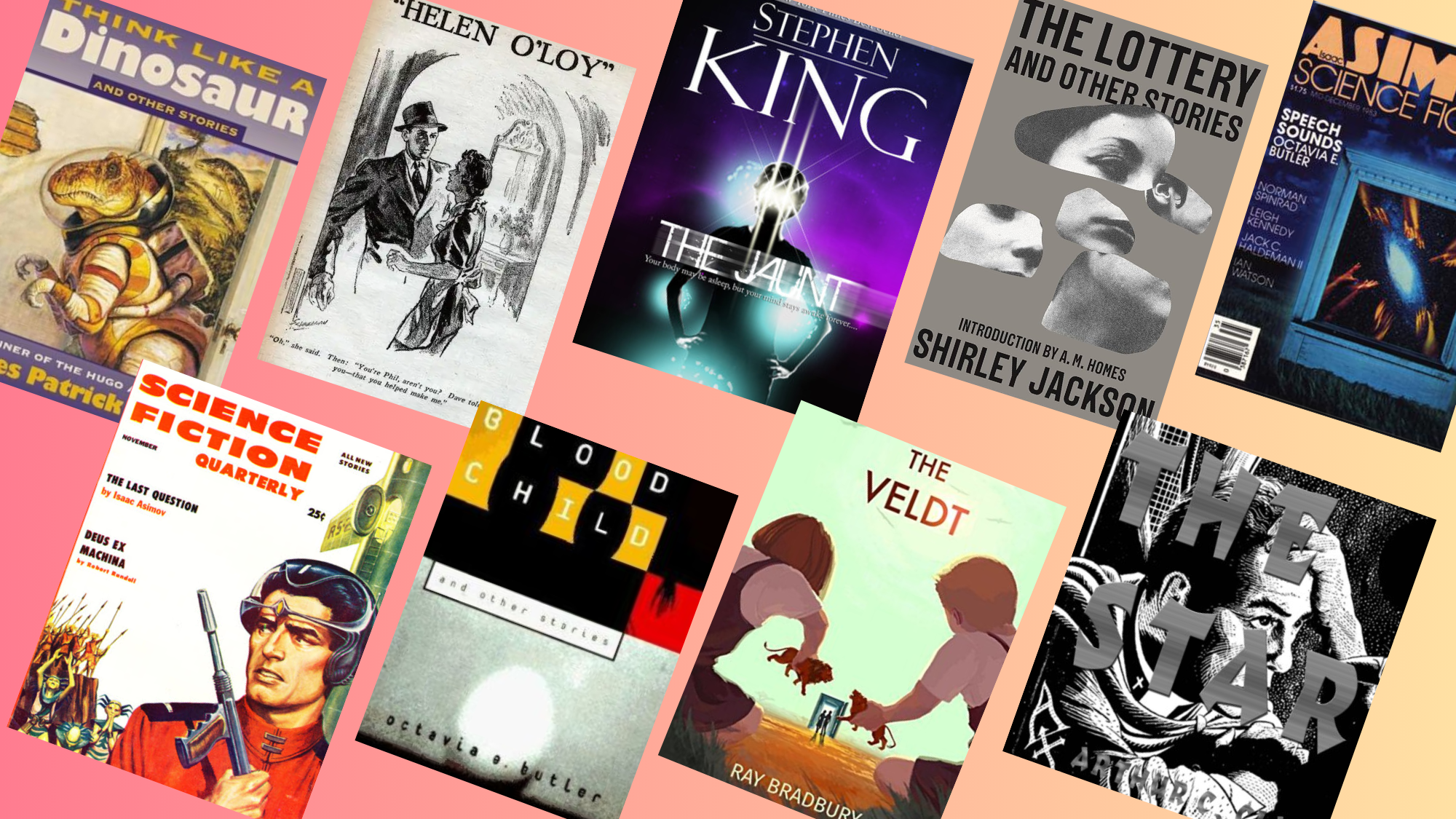Imagine witnessing the final breath of a dying star, captured in a celestial display of glowing gases suspended in the vastness of space.
The Dumbbell Nebula, also known as M27, offers precisely this remarkable view of a stellar death scene playing out 1,200 light-years from Earth.
From its vibrant colors and structure to its role in enriching the galaxy with heavy elements, the Dumbbell Nebula combines breathtaking beauty with profound astronomical importance.
If you’re an amateur stargazer or astronomy enthusiast, join us as we discuss everything about this magnificent nebula. Let’s see what makes M27 one of the night sky’s most captivating treasures!
What is the Dumbbell Nebula?
The Dumbbell Nebula is one of the brightest and most famous planetary nebulae in the night sky. It was the first planetary nebula ever discovered, found by Charles Messier in 1764.
The Nebula is actually the glowing shell of gas and dust expelled by a dying Sun-like star. When such stars exhaust their nuclear fuel, they shed their outer layers into space, creating these beautiful, colorful clouds.
| Property | Details |
|---|---|
| D | Dumbbell Nebula |
| NGC | 6853 |
| Object Type | Planetary Nebula |
| Constellation | Vulpecula |
| Distance | 1,227 light-years |
| Apparent Magnitude | +7.5 |
| Apparent Size | 8.0 × 5.7 arc-minutes |
This celestial masterpiece not only marks the end of a star’s life but also illuminates the path for new cosmic beginnings.
The Life Story: Formation and Evolution
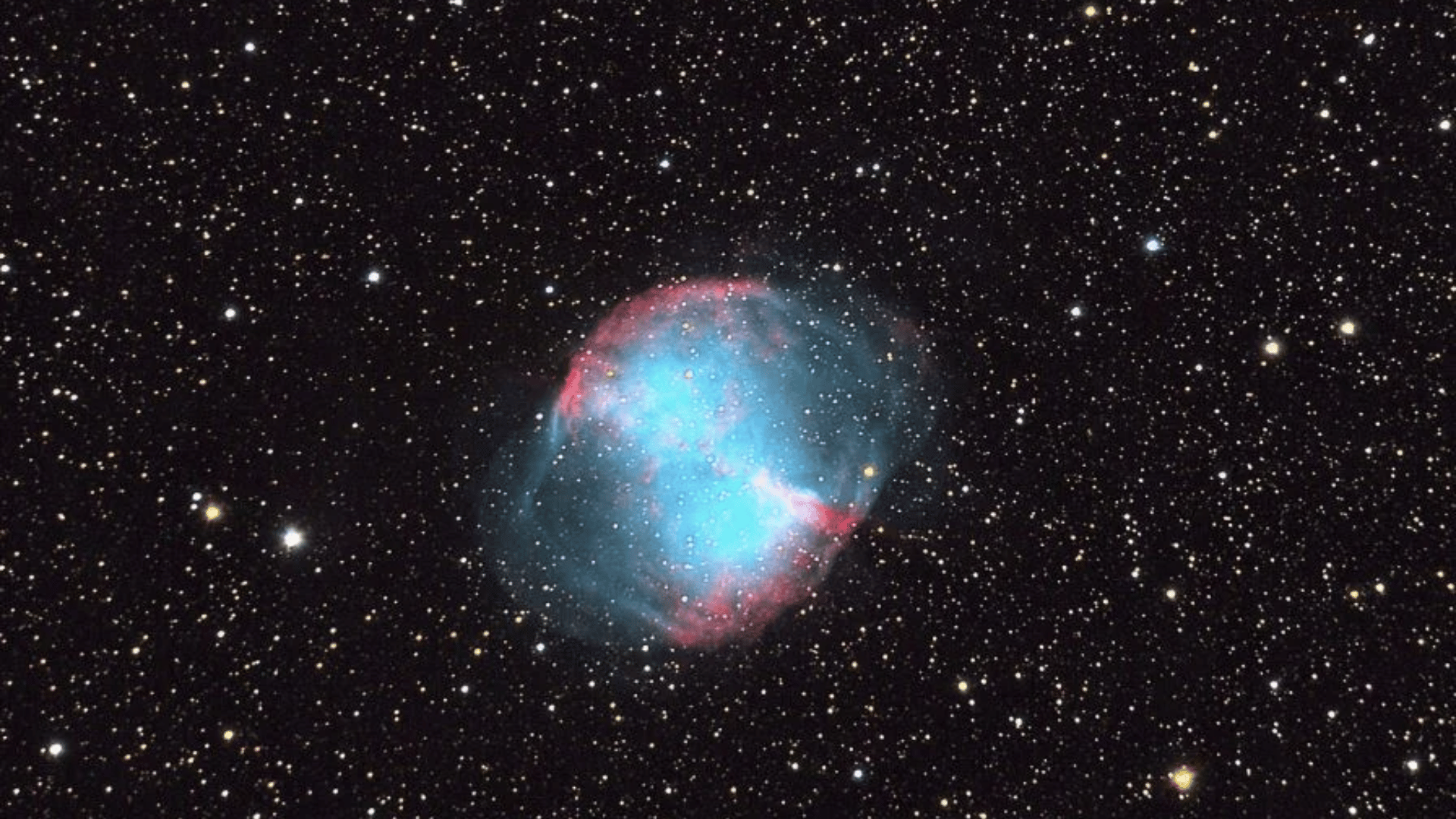
Image Source: Messier Objects
The Dumbbell Nebula’s life story begins with a sun-like star exhausting its fuel, shedding its outer layers, and evolving into the glowing planetary nebula we see today.
The Beginning: A Sun-Like Star
The Dumbbell Nebula’s story began with a star remarkably similar to our Sun, likely possessing one to eight solar masses.
For millions or billions of years, this progenitor star lived peacefully on the main sequence, steadily fusing hydrogen into helium within its core and radiating energy into space.
This stable phase represented the majority of the star’s lifetime, much like our Sun’s current 4.6-billion-year existence.
As hydrogen fuel gradually depleted in its core, the star’s fate was sealed, beginning an irreversible transformation toward the spectacular M27 nebula we observe today.
The Red Giant Phase
As core hydrogen was exhausted, the progenitor star of the M27 nebula entered its dramatic red giant transformation, swelling to hundreds of times its original size while its surface cooled to reddish hues.
Increasing instability triggered powerful stellar winds that began stripping away outer layers at accelerating rates.
Thermal pulses, violent eruptions caused by helium shell burning, periodically eject massive amounts of material into surrounding space.
Over several thousand years, the dying star shed approximately 40-50% of its total mass, creating the expanding shell that would become the Nebula we observe today.
Birth of a Planetary Nebula
Once the red giant’s outer envelope was completely expelled, the scorching stellar core became exposed, with surface temperatures soaring beyond 85,000 Kelvin.
This newly revealed white dwarf began emitting intense ultraviolet radiation that ionized the surrounding expelled gases.
The characteristic hourglass shape is formed through complex interactions involving a dense equatorial torus.
Approximately 3,000-4,000 years ago, the M27 nebula ignited into brilliant visibility, beginning its current phase as one of the sky’s most spectacular planetary nebulae.
Future Evolution
Over the next 10,000-20,000 years, the Nebula will continue to expand outward while gradually dimming as gas disperses throughout interstellar space.
The central white dwarf will steadily cool, reducing its ultraviolet output and decreasing the nebula’s ionization and luminosity.
Eventually, the M27 will become too diffuse and faint for observation, merging indistinguishably with the surrounding interstellar medium.
The dispersed material, enriched with carbon, nitrogen, oxygen, and heavier elements synthesized during the star’s lifetime, will contribute to the formation of future stars and planetary systems.
Physical Characteristics of The Dumbbell Nebula M27
The Dumbbell Nebula stands as a stunning example of stellar death. This glowing cloud stretches across space with remarkable colors and structure. Scientists study it to understand how stars end their lives.
| Feature | Description |
|---|---|
| Structure and Appearance | The nebula forms an hourglass shape spanning 2.5-3 light-years. It expands outward at 6.8 miles per second. Complex filaments and knots show active gas dynamics throughout the cloud. |
| The Colors of Death | Hydrogen creates red and pink tones through emissions. Doubly ionized oxygen produces greenish-blue light. Nitrogen adds reddish hues while sulfur and helium contribute trace colors. |
| The Central Star | A white dwarf sits at the center with temperatures over 85,000 Kelvin. This Earth-sized remnant holds 60% of the original star’s mass. It will cool over billions of years into darkness. |
Scientific Importance of the Messier 27
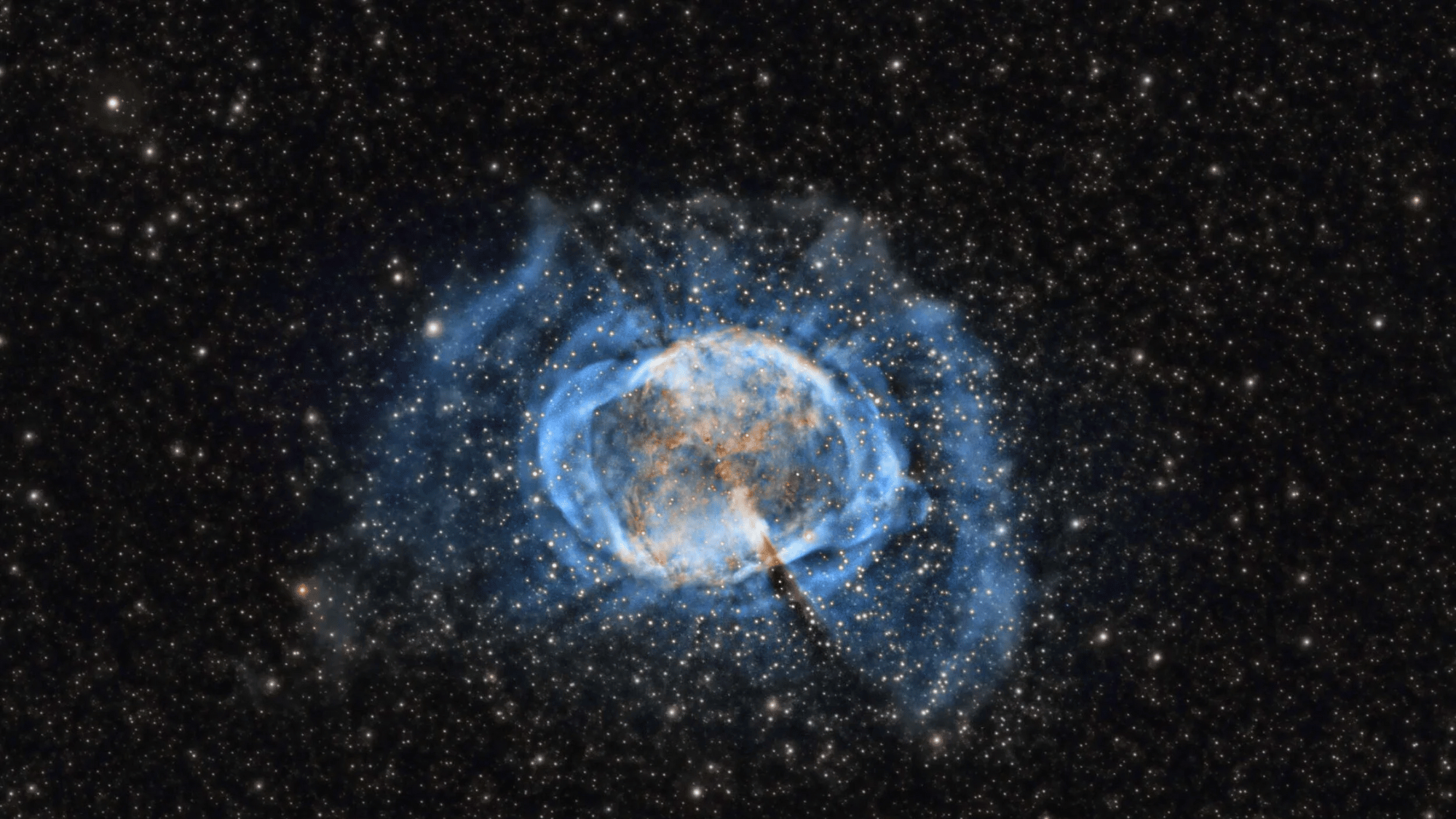
Image Source: Cosgrove’s Cosmos
The Nebula is scientifically important because it reveals how dying stars recycle their elements, enriching galaxies with the building blocks for future stars, planets, and life.
1. Understanding Stellar Death: The Nebula illuminates how Sun-like stars conclude their existence, revealing mass-loss processes and white dwarf formation. Its 3,000-4,000-year age previews our Sun’s destiny in 5-7 billion years.
2. Chemical Enrichment Research: The M27 nebula demonstrates nucleosynthesis, showing enriched carbon, nitrogen, and oxygen expelled into space. These elements seed future star and planet formation, connecting stellar death to potential new life.
3. Testing Ground for Astrophysics: Messier 27 enables multi-wavelength observations testing astrophysical models. Its ionization zones refine gas dynamics theories while calibrating distance measurements, validating predictions applied to distant planetary nebulae throughout the cosmos.
4. Shaping Mechanisms: The Nebula’s hourglass shape reveals nebular morphology drivers. Research explores binary companions, magnetic fields, and rotation effects, explaining how complex geometries form beyond simple spherical expansion patterns in dying stars.
Cultural Impact and Popular Astronomy of Nebula
The Dumbbell Nebula has become a cornerstone of amateur astronomy and public cosmic engagement since Charles Messier’s 1764 discovery.
As one of the night sky’s most accessible deep-sky treasures, M27 often serves as many people’s first glimpse of a dying star, creating unforgettable experiences in astronomy.
Observing M27 directly changes theoretical concepts into tangible reality, allowing viewers to witness authentic cosmic processes unfolding across space.
Most profoundly, the Nebula reveals our Sun’s distant destiny, creating personal connections to stellar lifecycles.
This changes M27 from merely a scientific specimen into a culturally significant object that inspires cosmic wonder and helps humanity understand its place within the universe.
Conclusion
The Dumbbell Nebula stands as a testament to the universe’s endless cycle of death and rebirth.
This magnificent M27 nebula not only showcases the breathtaking beauty of cosmic phenomena but also provides invaluable insights into stellar evolution and chemical enrichment.
The next clear night, point your telescope toward Vulpecula and witness this cosmic masterpiece yourself.
Have you observed the Nebula? Share your experiences and questions in the comments below, and read more fascinating deep-sky objects!



